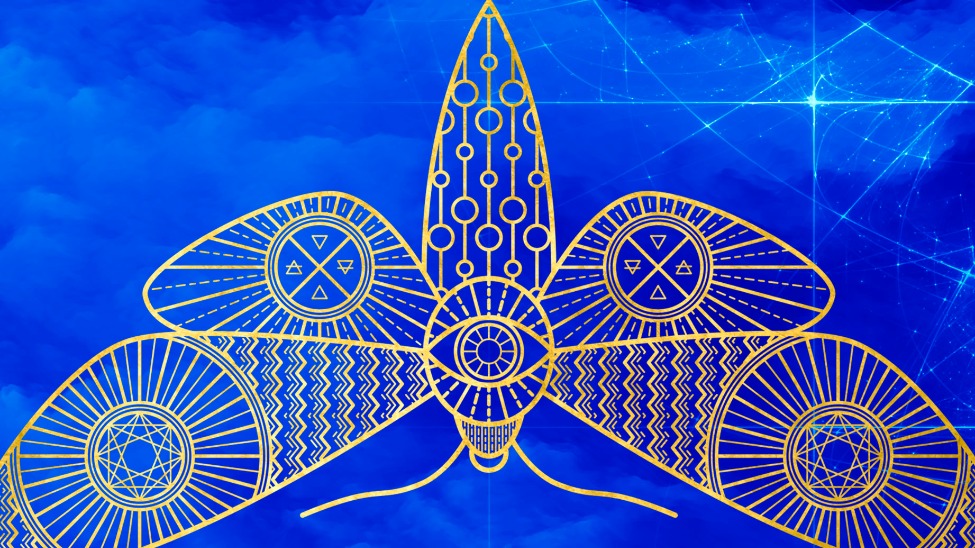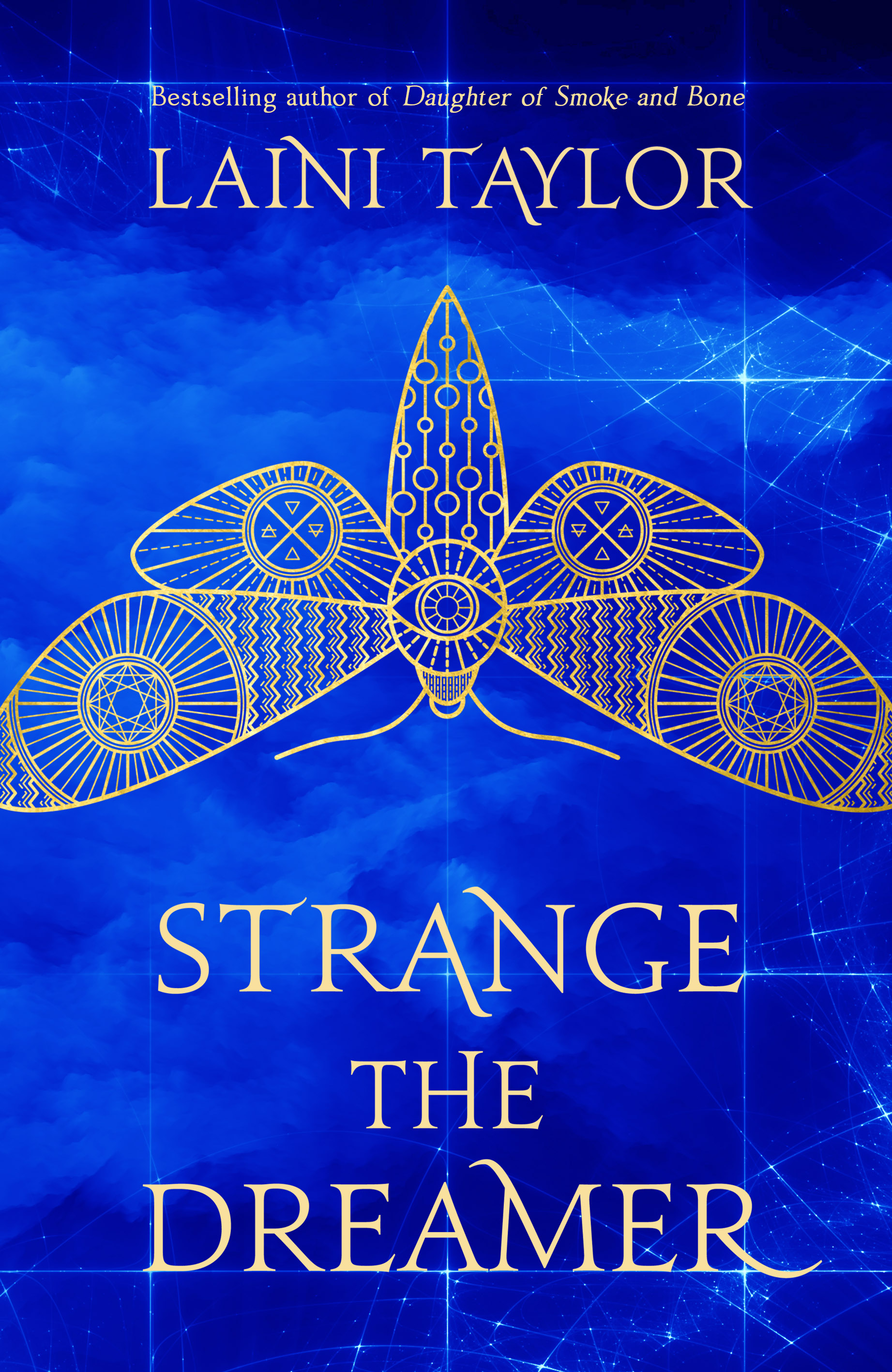Elizabeth Knox finds a lot to praise about Laini Taylor’s inventive, lyrical and compelling new novel, Strange the Dreamer.

Laini Taylor, author of the Daughter of Smoke and Bone trilogy, has another series. A duology, the first book of which is Strange the Dreamer.
Taylor’s readers have come to expect that her worlds will be strongly realised, inventive, vivid, and full of verve. Strange the Dreamer is no exception. In fact, I think it is even more compelling than those earlier works. It has the humour, loveable characters, and aching romance of Daughter of Smoke and Bone, a series whose last book is titled Dreams of Gods and Monsters.
In Strange the Dreamer the gods are monsters, and Taylor has invented a history so painful and problematic to her characters that, by the simultaneously satisfying and tantalising end of Book One, the only possible outcome of the story seems to be a tragic one.
This is a novel without an antagonist. I always like those. Instead, Strange the Dreamer has two protagonists, whose worlds are enemies. We encounter Lazlo and Sarai in alternating chapters. With this method, often one person and place assert themselves as more engaging than the other. Not so here.
The story follows Laszlo Strange from his beginnings as a sickly orphan, through his lonely daydreaming boyhood, to the Great Library, where he becomes a librarian, the servant of scholars, not permissibly a scholar himself. In his spare time Lazlo researches the once forbidden, and now lost, city of Weep. It is a place that has always occupied his mind, and spoken to his imagination. When he was a boy he used to know its true name, and he has the memory of losing that name, in an instant: ‘Did the Unseen City still stand? Did its people yet live? What happened two hundred years ago? What happened fifteen years ago? What power could erase a name from the minds of a world?’
Lazlo’s journey, with its problems and pleasures, is equivalently fascinating to that of the other protagonist, Sarai. Sarai is confined in a citadel once occupied by her mother, the goddess of despair, and a handful of other gods. That is, gods to themselves, monsters to the people of Weep. The abduction and servitude of the young people of Weep was an atrocity of a cold and routine nature, and continued for centuries. When Sarai was a baby the slaves rebelled, slaughtering all the gods and all their children.
Or so they thought. The citadel is silent, but Sarai and four other survivors are hidden there. Taylor describes their confined lives: routine, repetitive, but simple and lovely. Their resources are scarce. It must rain for them to have water. They can only eat food from the few plants the citadel already had growing. They wear the clothes that once belonged to their deceased parents, many too grand and ornate for everyday purposes. They only have each other. And their gifts: one can make anything grow, another can start fires, another can summon storms. And the last — the eldest, though perpetually frozen at the age she was when she witnessed the slaughter and saved who she could — can capture the ghosts of freshly deceased citizens of the city below, and bind them to her.
Sarai is the only one of the survivors able to visit Weep. Each night she sends out moth-shaped fragments of her consciousness which enter the dreams of the city’s inhabitants, something she does mainly to torment them in revenge for the genocide. But Sarai has also watched them when they are awake; she’s got to know some of them, and is interested in them, and is feeling the stirrings of sympathy.
Interest in others is one of the key civilising qualities in this book. Or simply interest — a open engagement with the world. It is Lazlo Strange’s defining trait. Lazlo has cornered the murky, unvalued subject of Weep, despite the other librarians telling him how useless his interest is. ‘Myths and folktales mostly,’ says Lazlo of what draws him, ‘Anything too fun to be important.’
(Of course, this is the kind of book where what is called useless turns out to be vitally important. And when emissaries from Weep turn up in the library seeking help, of course Lazlo is the only one who can speak their language.)
Laszlo’s curiosity make him a very attractive hero, as does Sarai’s unwillingness to keep taking revenge for something she can’t even remember. The reader has a thorough sense of who each of these people is, and what they want and value, before they come together. The reader longs for the meeting, while knowing it’ll likely be a calamity. The whole thing is so skilfully done. We have a full appreciation of the stakes; can see how, for both of them, it is as if a window opens in a wall that they thought had no windows, and how they’re both instantly richer for finding each other. We can also see how impossible it all is.
Spoilers prevent me from saying much more. Strange the Dreamer is a work of astonishing inventiveness, written with senses-saturating lyricism. It is always absorbing, and ultimately terrifically dramatic. Also, it is a touching love story. I finished reading it in the small hours, and in tears.
And I really want the rest of the story. Fortunately Laini Taylor is a highly energetic author and the second book is sure to follow hard on the heels of this one.

Elizabeth Knox
Elizabeth Knox has published twelve novels, three autobiographical novellas and a collection of essays. Her best known books are The Vintner’s Luck, and The Dreamhunter Duet (Dreamhunter and Dreamquake). Her latest are Mortal Fireand Wake. Elizabeth lives in Wellington, New Zealand with her husband, son, and three cats.
Photo by Grant Maiden



